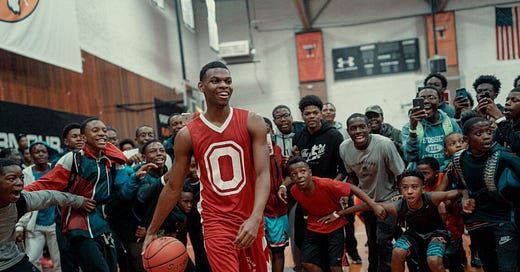The Future of Athlete Monetization
BREAKING: college athletes are now getting compensated for posting their highlights on social media
A little over a year ago, a booster couldn’t legally buy an $8 Chipotle burrito for a college athlete.
Now boosters are dropping millions on recruits.
Taking it a step forward — athletic conferences ow…




